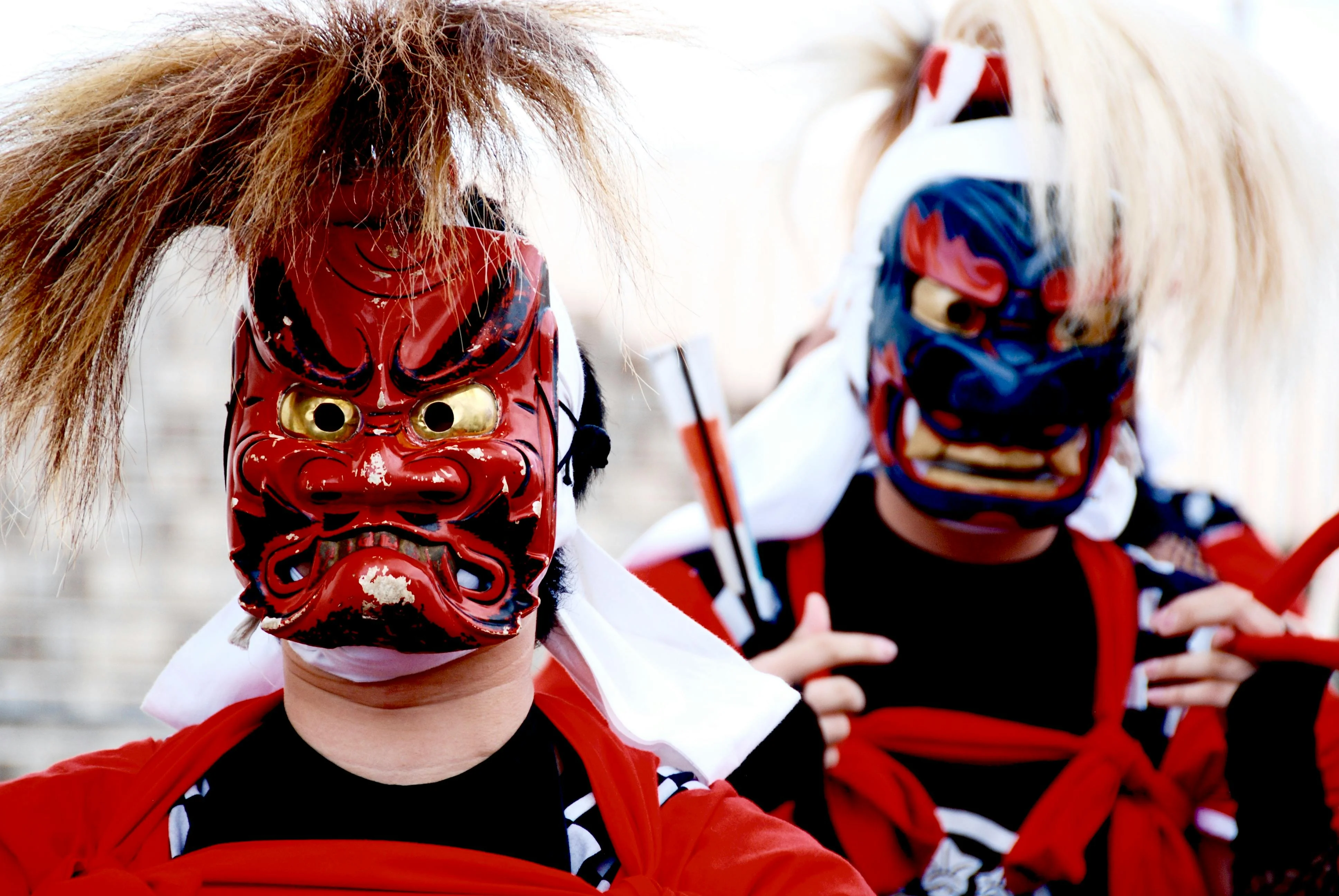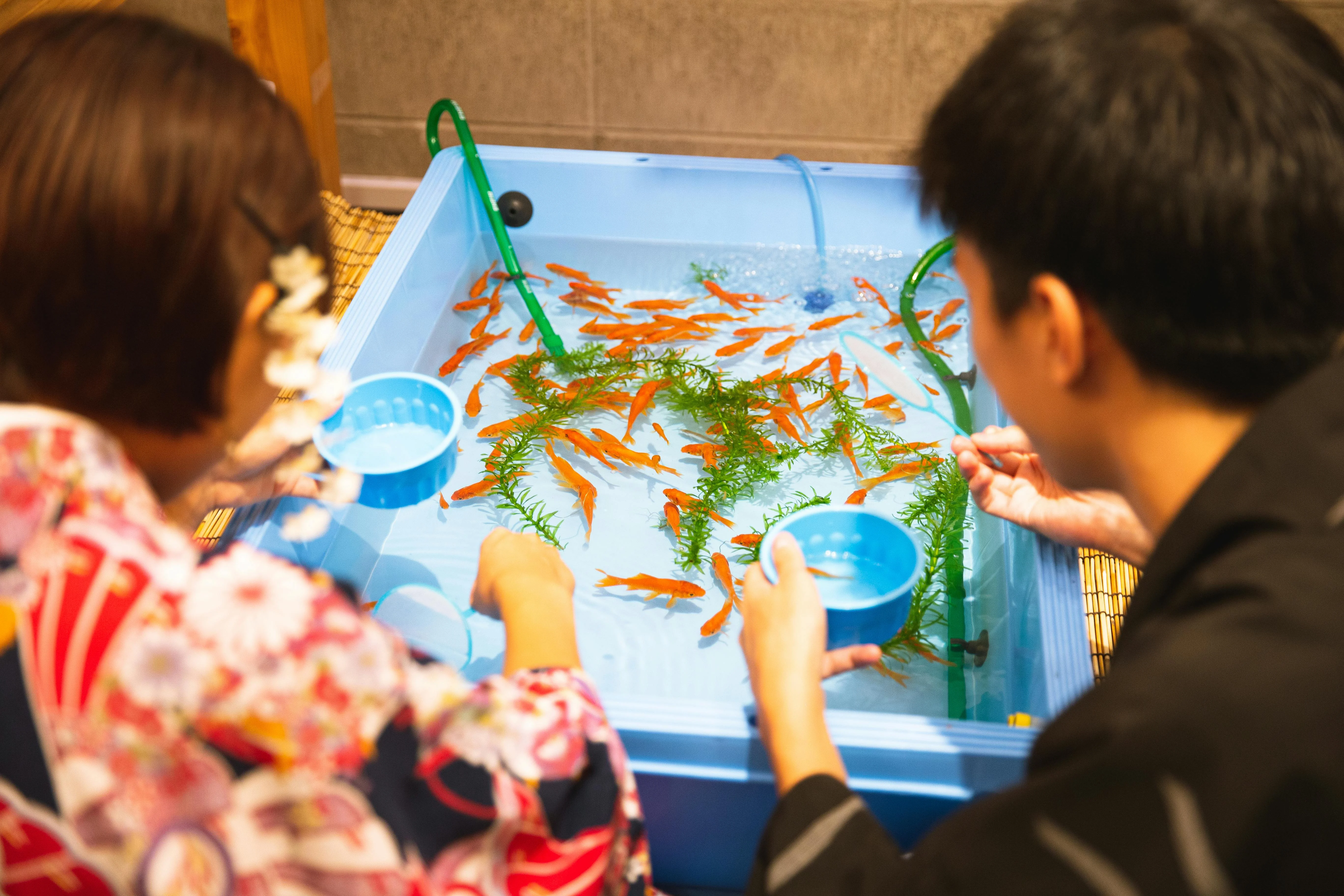The Enchanting World of Eisa: Experiencing Okinawa's Unique Dance Festival

Imagine being surrounded by the joyous clamor of drums and colorful costumes dancing under the warm Okinawan sun. For those lucky enough to witness it, the Eisa Festival is more than just an event; it's a heartwarming journey into the soul of Okinawa. This unique celebration of rhythm and movement brings people together from all over Japan and beyond to revel in its rich cultural tapestry.
The Origins and Significance of Eisa
Eisa is a traditional folk dance from Okinawa, with roots deeply entrenched in the region's Buddhist customs. Historically, this dance was performed by young villagers to honor their ancestors during the Bon Festival, a time when it was believed the spirits of deceased ancestors return to visit the living. Over time, Eisa has evolved from a solemn ritual into a dynamic festival, attracting audiences from near and far.

A Celebration of Joy and Unity
Visitors to Okinawa during the Eisa Festival are greeted by an atmosphere of communal joy and celebration. Throughout the festival, performers don vibrant costumes adorned with traditional motifs and move to the infectious beats of taiko drums. The air is filled with the harmonious sounds of the sanshin—a three-stringed instrument similar to a banjo—accompanied by energetic chants and songs.
The dance itself is a mesmerizing spectacle. Each group, called a "youth club," has its own unique style and interpretation of Eisa, bringing a diverse range of movements to the festival. Some performances are synchronized and precise, while others are characterized by erratic and exuberant motions. Yet they all share a common thread of joy and reverence, embodying the spirit of the island community.
The Cultural Significance and Educational Value
The Eisa Festival is more than a mere performance; it is a vital cultural event that provides visitors with a deeper understanding of Okinawa's rich heritage. Educational travelers find the festival particularly valuable as it offers insights into the island's history, traditions, and the way these elements are lovingly preserved and celebrated by the local population.

Engaging with the festival allows travelers to experience a unique part of Japan's cultural mosaic that is distinct from the mainland's more widely recognized symbols. It is a chance to observe how the people of Okinawa harness the power of dance and music to foster community spirit and preserve their collective memory for future generations.
Planning Your Visit to the Eisa Festival
The Eisa Festival is predominantly held in late summer, typically around late August to early September, coinciding with the Bon Festival. Naha, the capital city of Okinawa, hosts one of the largest and most notable Eisa celebrations. It is advisable to plan your visit in advance, as accommodations are in high demand during this period.
Another essential tip for festivalgoers is to indulge in the local culinary scene. Okinawa is renowned for its delicious cuisine, with dishes like Okinawa soba and goya champuru providing a delightful complement to the festival's vibrant energy.

Embracing the Spirit of Eisa
To experience the Eisa Festival is to embrace the very essence of Okinawa—a place where tradition and celebration coexist in perfect harmony. Whether you're a seasoned traveler or new to the world of cultural exploration, the Eisa Festival offers a distinctive window into Japan's lesser-known but equally captivating cultural intricacies. Moreover, it provides a poignant reminder of the power of dance and music to unite us all, one beat at a time.
As you plan your next cultural adventure, consider stepping into the world of Eisa. It's an opportunity to not only witness but become part of a timeless tradition that captures the heart and spirit of Okinawa.







